Common Places Water Leaks In Your Home And How To Prevent Water Damage
This post may contain affiliate links. Read our full disclosure.
Research has shown that the typical home can lose 2,000 to 20,000 gallons of water per year due to leaks. Some leaks are obvious, such as dripping faucets and leaking water heaters. Unfortunately, many leaks go undetected for years because the source of the leak is not visible. Both can cause considerable water damage which all homeowners want to avoid. As you likely know, water damage can lead to mold in less than 48 hours.
I am covering a LOT of material in this post. Below is a table of contents in the event that you are looking for specific information.
- Types of Plumbing Leaks
- Exterior Leaks
- Interior Leaks
- How To Find A Water Leak Inside A Wall Or Ceiling
- The Best Moisture Meter
- Thermo Imaging With An Infrared Camera
- The Best Way To Prevent A Water Leak and Water Damage
- Best Water Leak Detectors / Water Leak Alarms
- Best Automatic Water Shutoff System
- 13 Other Ways To Prevent Leaks and Water Damage
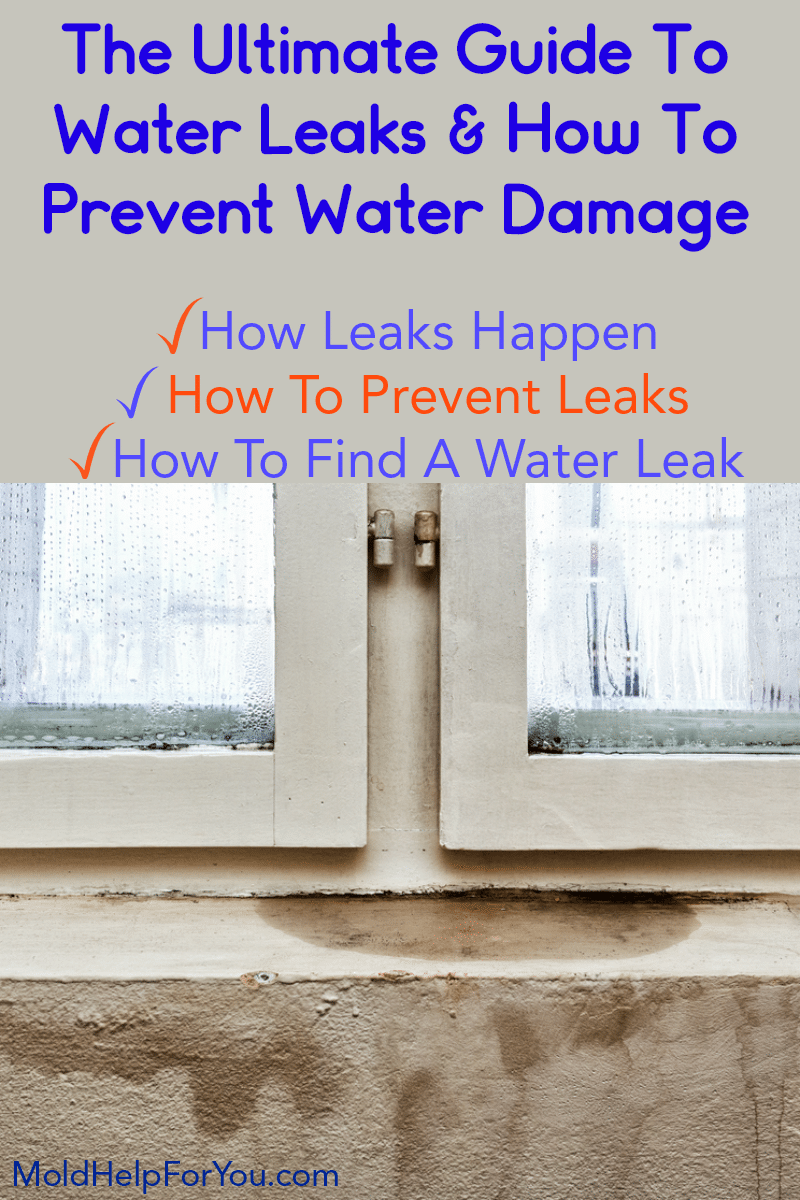
There are two main types of plumbing leaks.
Slow and Catastrophic Plumbing Leaks
One in fifty-five homes experience a catastrophic water leak each year. Often times slow and catastrophic plumbing leaks go unnoticed for a long time. They can result in significant water damage with a high price tag to fix. In addition, slow and catastrophic leaks lead to mold problems.
Slow and catastrophic leaks include:
- Burst pipes (usually inside a wall or ceiling)
- Pipe connector failures
- Water line leaks (think icemaker, refrigerator, dishwasher, washing machine)
- Toilet supply line leaks
Sudden Event Leaks
These leaks are exactly what they sound like. Sudden events that you catch quickly. They typically cause a lot of water damage but don’t usually lead to mold if addressed immediately.
Sudden event leaks include:
- Washing machine failure where the entire barrel dumps all its water at once.
- Series of burst pipes in the ceiling where water immediately comes through fixtures or the ceiling itself.
- Toilet overflow.
- Water heater failure.
There Is A Third Type Of Leak Known As A Costly Leak.
These are typically not going to bring about as much water damage to your home but they can be very expensive thanks to the water bill or the method in which you need to make the repair.
Irrigation leaks underground are the most common type of costly leak. Leaky toilets are the second most common type of costly leak.
Places Water Leaks From The Exterior Of Your Home
The exterior of your home is just as important to maintain as the interior. In fact, there are far more ways for water to get into your home from the outside than most people consider. Let’s take a look at these.
1. Roof
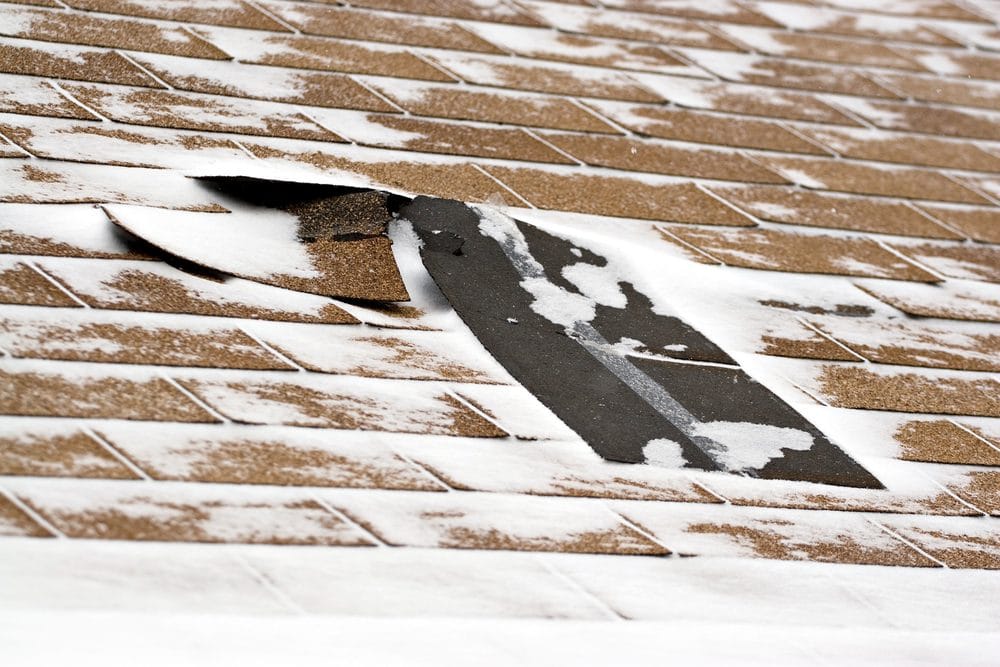
Roof and flashing problems are quite common. Roofing materials wear out, break, blow off, etc… and expose your home to water damage. Most leaks occur around roof penetrations (think roof vents, skylights, chimney) because the flashing and sealant joints crack and fail. Flat and low pitched roofs are very susceptible to leaks that cause water damage as they do not drain quickly and can hold water which can be too much weight for the roof.
2. Gutters and Downspouts
Clogged gutters can force rainwater to travel up onto the roof and under shingles. It can overflow and get into a wall or the home’s foundation.
Downspouts that don’t direct water away from the home can cause issues in a foundation or basement.
3. Inadequate Attic Insulation
While technically inside your home, inadequate attic insulation can cause leaks from outside of your home. Inadequate attic insulation allows heat to escape from inside the house, into the attic, and outside. If there is snow on the roof, it can turn it into an ice damn along the eaves. Ice damns then force moisture to back up under the shingles where it drips into attics or walls.
4. Damaged Soffits and Fascia
Both can allow moisture into the attic and atop interior walls.
5. Weep Holes
Weep holes are designed to allow water to escape from behind walls but they can become blocked which forces moisture back inside the wall cavity.
6. Landscape Grade
If your property is not graded properly, water drainage can go right back towards the foundation rather than away from it.
Backfill can settle over time which can also change the landscape grade.
7. Sprinklers
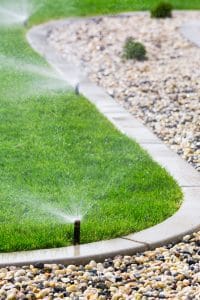
Sprinklers should water landscaping. They should never water your home. Make sure that they are pointed away from exterior walls, windows, the foundation, and the roof.
8. Window and Door Flashing and Seals
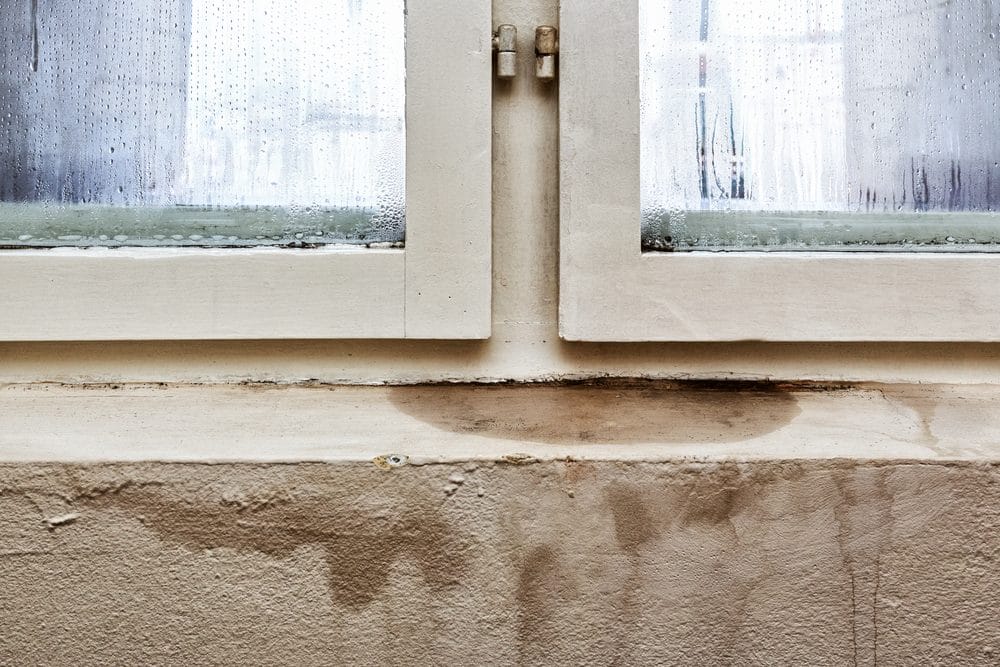
Weather stripping, seals, and flashing around doors and windows gets damaged with use and degrades over time. This allows wind blown moisture to easily creep in.
9. HVAC Unit
Without regular maintenance, HVAC systems can lead to all kinds of leaks and water damage. There are clogged up drain pans, iced-up cooling coils, and more.
Places Water Leaks From The Interior Of Your Home
- Under sinks (kitchen, bathroom, laundry room, utility room)
- Around sinks (cracked seals, countertop tile, missing grout)
- Under the dishwasher
- Behind the refrigerator
- Beneath the range
- Toilet
- Windows
- Doors
- Shower
- Bathtubs
- Water heater
- Washing machine
- Water filtration system
- Water softener
- HVAC
- Whole house humidifier
- Attic
- Sump Pump
- Crawlspace
How To Find A Water Leak Inside A Wall or Ceiling
A lot of leaks are hidden which of course causes all kinds of problem. While you most likely won’t see a water leak inside a wall, you may see water leakage from the ceiling. In either case, it is always a good idea to check for a water leak inside a wall or in the ceiling with some regularity as it can save you from a mold fiasco and expensive water damage down the road.
There are three main ways to find a water leak inside a wall.
1. Use A Moisture Meter
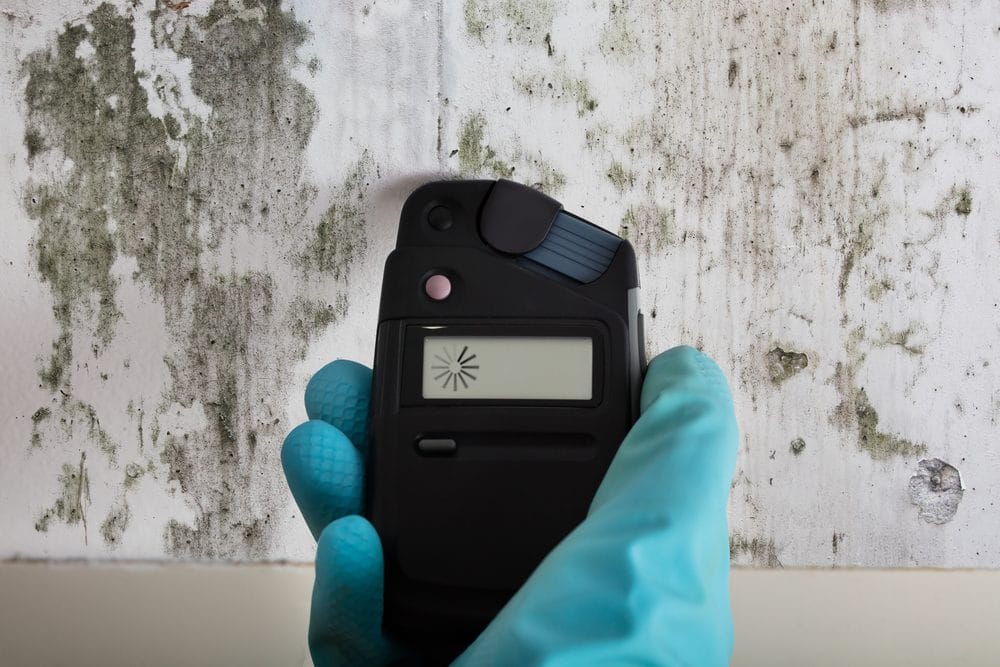
A moisture meter is exactly what it sounds like. A device that reads the amount of moisture in or on a particular surface.
There are three common types of moisture meters used; pin-type, pinless and pin/pinless/all-in-one. All three types of moisture meters offer specialized purpose and are unique to the end user’s application in determining the percent of moisture content (%MC) in building materials.
Pin-Type Moisture Meter
Pin-type moisture meters measure %MC at the depth of the head of the contact pins. Pin-type moisture meters are useful in measuring %MC in wood flooring, drywall, painted surfaces (such as the exterior of the home), carpeting, ceiling tile and cement.
A pin-type meter uses two pins that penetrate into the test surface at the users desired depth. When insulated contact pins are used, only the uncoated tips are exposed, providing an accurate reading of moisture content at various levels of penetration.
In some cases, the depth of the reading exceeds the length of the pin on the meter. If this is the case, many meters are equipped with a connection option to add accessory probes that can be inserted further into a substrate for more accurate core or depth detection.
A pin-type moisture meter is the best way to identify the exact location of moisture buildup. Using a pin-type meter is also an effective way to determine the difference between shell and core moisture content.
Pinless Moisture Meter
Pinless moisture meters are commonly used to determine moisture content on a relative scale of 0-100% in any hard flooring surface as well as behind bathroom/shower tiles, under vinyl flooring and other finished surfaces.
Pinless moisture meters are capable of reading up to a typical depth of 3/4″ or 1″ into a subsurface. These are useful for finding a water leak inside a wall without having to penetrate the wall. If there is mold inside the wall, poking even small hole can release spores into the room and house.
All-In-One Moisture Meter
The most useful moisture meter is the all-in-one moisture meter. This type of moisture meter utilizes both the pin-type and pinless methods for measuring %MC in surfaces. Because this type of meter offers the option to measure moisture content in substrates using both methods of reading moisture, one meter may be able to identify problem areas and then also be used to pinpoint the exact location where moisture damage or buildup is occurring.
What Is The Best Moisture Meter?
While the All-In-One moisture meter is my top pick for finding a water leak inside of a wall, all three types would be fine to use as a method of preliminary investigation or mold prevention.
Let’s take a look at the top three moisture meters in each category. Keep in mind that these are the affordable options for the average homeowner and not the professional moisture meters. Those can run several hundred dollars each.
If you would like to read my in-depth review of these moisture meters, please visit my article on The 7 Best Moisture Meters For Drywall, Concrete and Wood.
Best Pin-Type Moisture Meter
Best Pinless Moisture Meter
Best All-In-One Moisture Meter
2. Thermo Imaging with an Infrared Camera
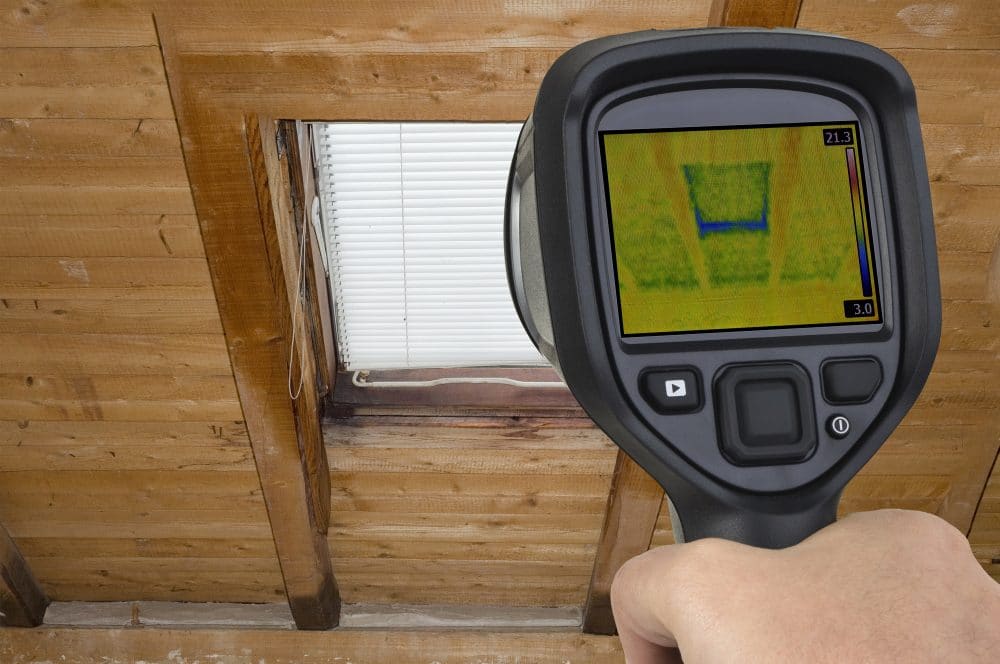
Thermo Imaging with an infrared camera works by detecting subtle changes in temperature caused by the presence of moisture.
Infrared cameras show temperature differentials and thermal patterns. The rainbow colored images from the more sophisticated tools can help identify cold spots due to drafts or uneven insulation, but can also help to spot moisture as well. Because evaporative moisture cools the surface of nearby materials, water spots are often seen as dark blue spots on an infrared camera.
Moisture trapped near the roof can sometimes show as a warm spot, as heat from the roof causes the temperature of the water to rise.
The more sophisticated tools produce a colored picture, but both these and the monochromatic versions reveal wet areas as darker.
Thermo imaging tools such as the infrared camera are not cheap. This is why the average homeowner doesn’t have one at the ready. However, if you are interested in adding one to your mold prevention and leak prevention arsenal, here are my recommendations.
- FLIR C2 Compact Thermal Imaging System
- IR Resolution Infrared Thermal Imager, Handheld
- PerfectPrime IR0005 Infrared Thermal Imager & Visible Light Camera
Be sure to check out my review of the Best Thermal Imaging Cameras for Moisture and Mold Detection.
3. Call a Plumber
When in doubt, call a plumber. Not only will they have all of the necessary tools to find the leak, they will know exactly how to fix a leak of any kind.
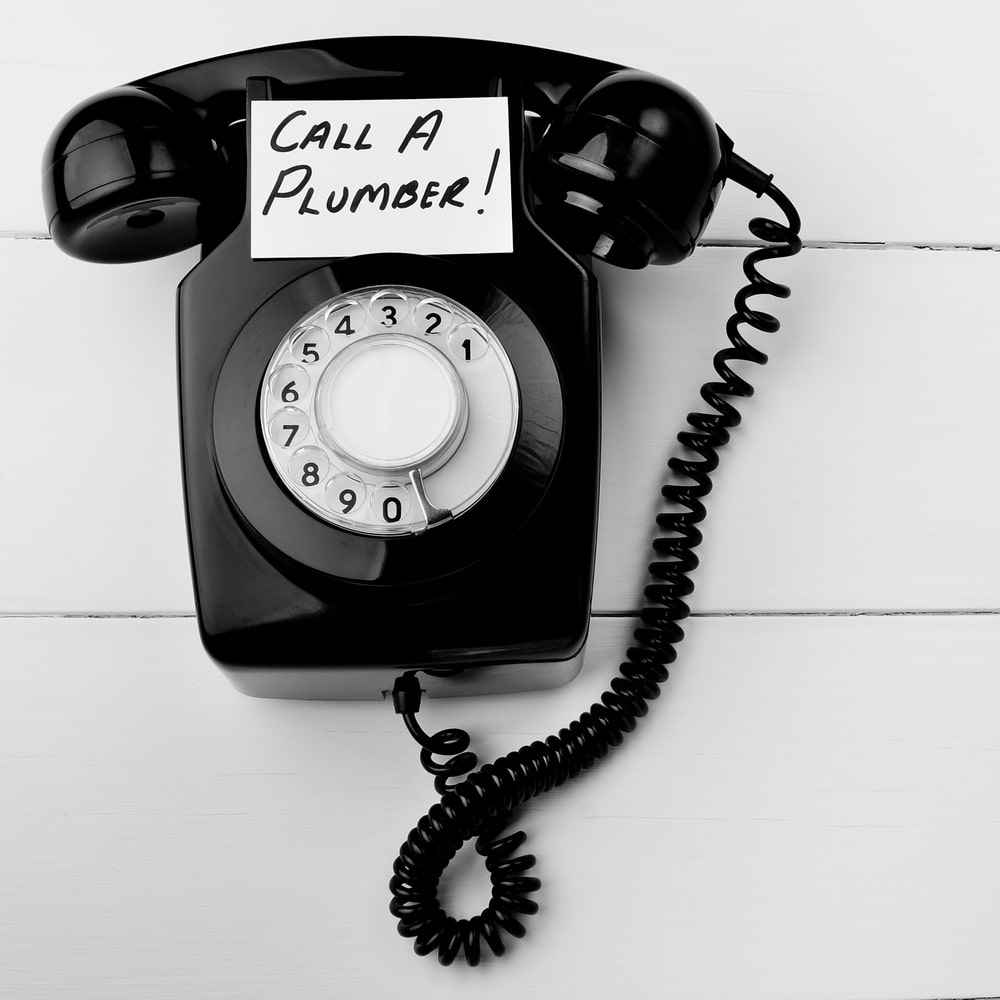
What Is The Best Way To Prevent A Water Leak and Water Damage?
Easy! Install a water leak detector and/or automatic water shutoff system.
Why? Because they will alert you to a leak as it happens and then shut the water off either at the source or at your main water line to prevent water damage from occurring. This is about the best case scenario when it comes to water leaks and preventing water damage.
What Are The Best Water Leak Detectors (aka Water Leak Alarms)?
You can read all about my tops picks for the 7 best water leak detectors / water leak alarms here.
What Is The Best Automatic Water Shutoff System?
Luckily, I have not actually had to see an automatic water shutoff in action but I did research them quite a bit before deciding which ones to purchase. And yes, I said ones and in more than one.
Here are the best automatic water shutoff systems for your home.
Valve Screamer™ Whole House Kit
The Valve Screamer™ Whole House Kit is a wireless water alarm and motorized valve system that protects your entire home from plumbing leaks. It consists of one Flood Screamer ® central control unit, two Water Puck ® moisture sensors, a sensor pad and a motorized ball valve.
It is the easiest wireless water alarm system to use on the market and can be set up in minutes.
In the presence of moisture, an appropriately placed Water Puck® will send a wireless signal to the Flood Screamer ® central control unit which will then alert you to a problem by sounding its 130 dB siren while the LED display indicates which zone the event occurred in so it can be easily located. Simultaneously a signal is forwarded to the motorized ball valve and the water is turned off at the main line stopping the leak before major damage is done.
Features of the Valve Screamer™ Whole House Kit
- Connect up to 32 wireless sensors
- Ultra loud 130 dB siren
- Up to 200’ wireless signal range
- Simple three step programming makes linking sensors a breeze
- Easy-to-read two digit LED display
- Normally open & closed contacts for home alarm or auto dialer interface
- Low battery alert for sensors
- Missing sensor alert
- External power loss alert
- Wall-mount holes
- Power outage mode and vacation mode
Read reviews and purchase the Valve Screamer here.
Guardian Leak Prevention System
Whether you’re worried about a broken washing machine, an overflowing sump pump, or a leaking water heater, Guardian has your back! Install the Guardian Valve Controller over your existing metal quarter turn ball valve (from ½” – 1”) in minutes without any tools or pipe cutting, and place the Guardian Leak Detectors near appliances and fixtures that might leak. The moment the Leak Detectors sense water, extreme cold, or an earthquake, they will automatically shut off your water main to prevent further damage, and you will receive a notification on your phone via the Guardian App.
Over a hundred additional Leak Detectors can be added to the system to protect properties of any size. The Valve Controller will even test your valve every week to make sure it is working properly during an emergency, and it will alert you if anything goes wrong. The Guardian Leak Prevention Kit includes one Valve Controller, three Leak Detectors, and two Remote Sensors that plug into Leak Detectors to extend its reach to hard to reach areas. Use the free iOS and Android app to configure your system and monitor or control it from anywhere in the world, with no monthly fees, dedicated hubs, or other equipment.
Features of the Guardian Leak Prevention Kit
- No Tools Needed – the Valve Controller installs out of the box, with no tools – hand-tighten the clamps to secure everything to your valve.
- Use Your Existing Valve – you don’t need a special valve or tools to use Guardian – just a standard quarter-turn ball valve.
- Self-Testing – Guardian will open and close your valve weekly to keep it in good condition and ensure proper operation during emergencies.
- Battery Backup – with the optional battery backup, Guardian will protect your home and shut off your water supply during leaks for up to twelve hours without electricity.
- Offline Functionality – once configured, the Valve Controller will still shut off your water during a leak, even if the internet is down. WiFi is only required for setup as well as off-site control and monitoring of the system.
- Extreme Long Range – the Water Detectors can be placed up to 1000′ away from the Valve Controller, which means Guardian will protect large homes and even apartment buildings.
- Three Points of Leak Detection – detect leaks using the Bottom Sensors, Top Sensor, or Remote Sensor Probe, or all three, to monitor toilets, appliances, sump pumps, sinks, drains, and more for leaks.
- 15-Year Battery Life – the Leak Detector includes a 15-year battery, and you will receive an alert when the battery runs low.
- Waterproof Housing – reuse your Leak Detectors even after a leak – its waterproof housing protects it from water damage.
- Extreme Wireless Range – the Leak Detectors communicate directly with the Valve Controller over the air up to 1000’ away. Remote Access – shut off the water and receive notifications right on your smartphone.
- Easy Interface – the simple, intuitive interface lets you get on with your life and focus on what matters.
- Activity Log – search through a log of events to see when something happened in your home, either for yourself or insurance purposes.
- Weather Alerts – receive notifications when severe weather conditions are headed your way.
Read reviews and purchase the Guardian Leak Prevention System here.
MyGaurd Automatic Laundry Water Shut Off
While not a whole house shut off, this is a good shut off to have as a first line of defense if your washing machine malfunctions or if the hoses leak or burst.
Features of the MyGaurd Automatic Laundry Water Shut Off
- Easy installation – attaches to existing plumbing
- Loud continuous alarm when leak occurs
- Power outage mode – automatically shuts off water during power outage and then switches back on as power returns
- Vacation Mode – simple push-button shut off puts your mind at ease while on your trip
- Water leak sensor – the water sensor is placed on the floor behind the washing machine
- 2 Ball valves with fittings for washing machine hoses
- Silent reliable operation
- Included 3-outlet wall tap to ensure outlet space is available
Read reviews and purchase the MyGuard here.
BOANN RO-LK-DET Auto Shut Off Leak Detector for Water Filter System
The BOANN Auto Leak Detector protects your under sink water purification system from leakage by performing an automatic system shut-down upon detection of any water leakage. It’s 1/4″ quick connect fitting makes the installation never been easier. It can be installed within 30 seconds.
Read reviews and purchase the BROANN auto shut off here.
13 Other Ways To Prevent Leaks and Water Damage
- Monitor your water bill. While this won’t actually prevent a leak, it can at least alert you to an issue and prevent major water damage. If your water bill soars you likely have a leak. So keep an eye on that monthly.
- Use steal braided water supply lines like the ones I linked to. They are less likely to become pinched and fail or wear out over time.
- Check under sinks or in areas with pipes weekly.
- Check around toilets, showers, and bathtubs weekly.
- Check and maintain your home appliances regularly for leaks. The refrigerator, washing machine, water heater, dishwasher, and water filtration system should be checked weekly.
- Replace washing machine hoses regularly. Washing machine hoses become old and brittle and are a common cause of water leaks and water damage. Replacing these every 5 years is usually a good idea. I use these hoses.
- Make sure your water pressure isn’t too high. High water pressure can lead to burst pipes and hoses in no time. Buy this water pressure gauge and see what the reading says. Anything over 70psi is an issue. A reading over 100psi is a disaster waiting to happen. If your water pressure is too high, then you need to purchase and install a water pressure regulator. This is the water pressure reducing valve I have and it has been great.
- Have your HVAC inspected and serviced yearly. Keep your HVAC drain pipe or pan clear of clogs.
- Turn off your water main. If you are going out of town, the best way to prevent a leak and water damage is to simply turn off your water main. This way, if a pipe were to burst no water would actually leak into your house while you were away.
- Don’t leave standing water in a hose. Standing water in a hose may freeze back into the pipe and create an ice block that, in a best-case scenario, stops your water flow. In the worst cases, it may bust your pipes and create damage to walls, floor and foundation.
- Don’t plants trees and shrubs near pipes. Tree roots can wrap around your pipes and break them. That’s why it’s important to minimize landscaping near utility pipes and remove trees and shrubs that have become too big.
- Keep your rain gutters debris free. Clogged gutters means the chance of water intrusion from an overflow.
- Be sure downspouts direct water away from the house to prevent seepage into basements. Use a downspout extender like the one I use if needed.
And there you have it! All the ways leaks can happen, how to prevent water leaks, and how to find a water leak in the wall! This guide should help you stay leak free for darn near ever.
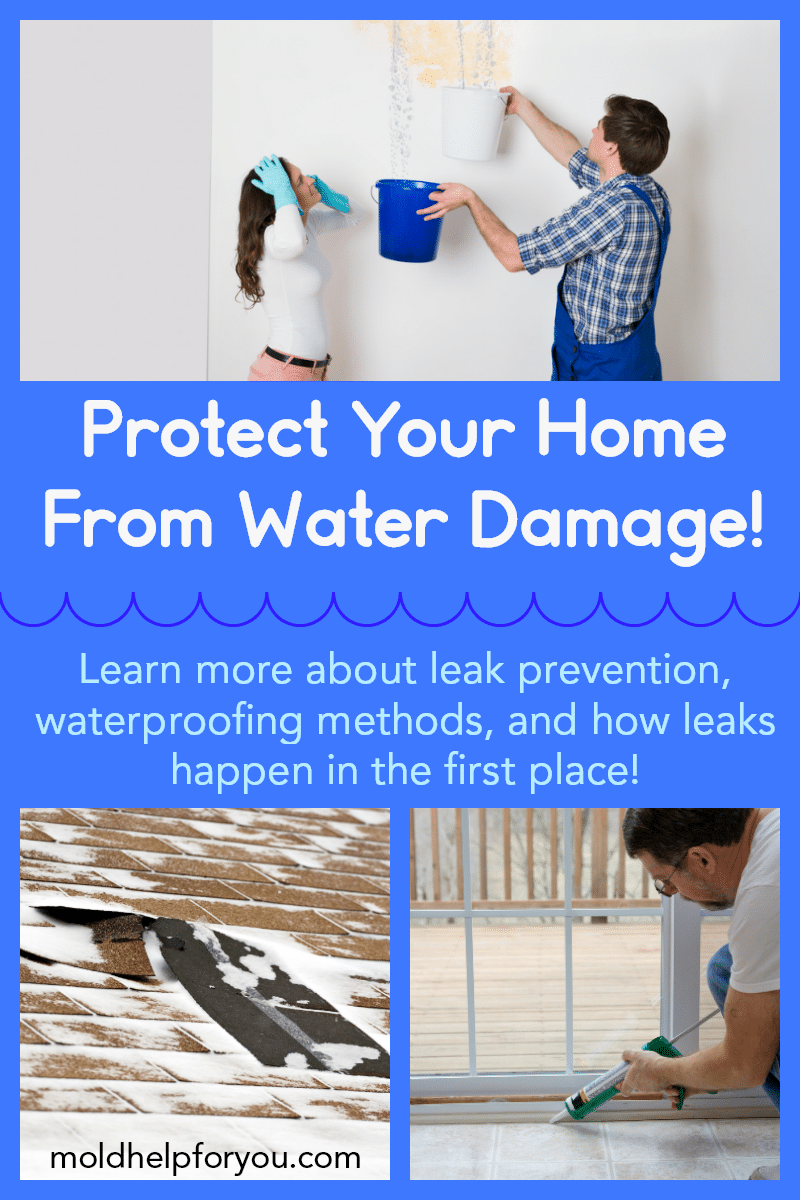

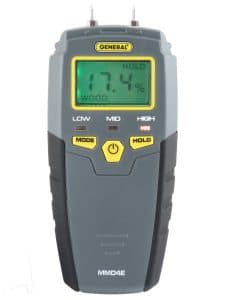
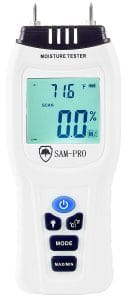
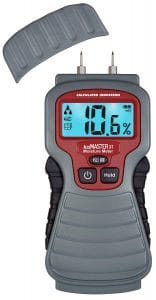
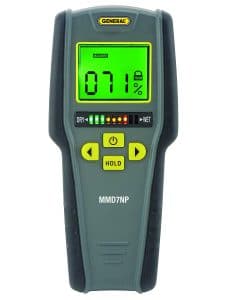

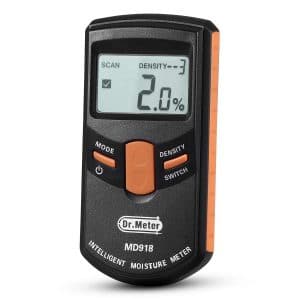
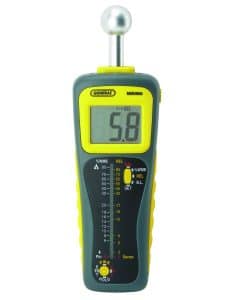
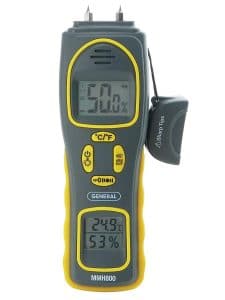
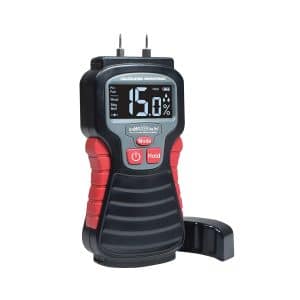
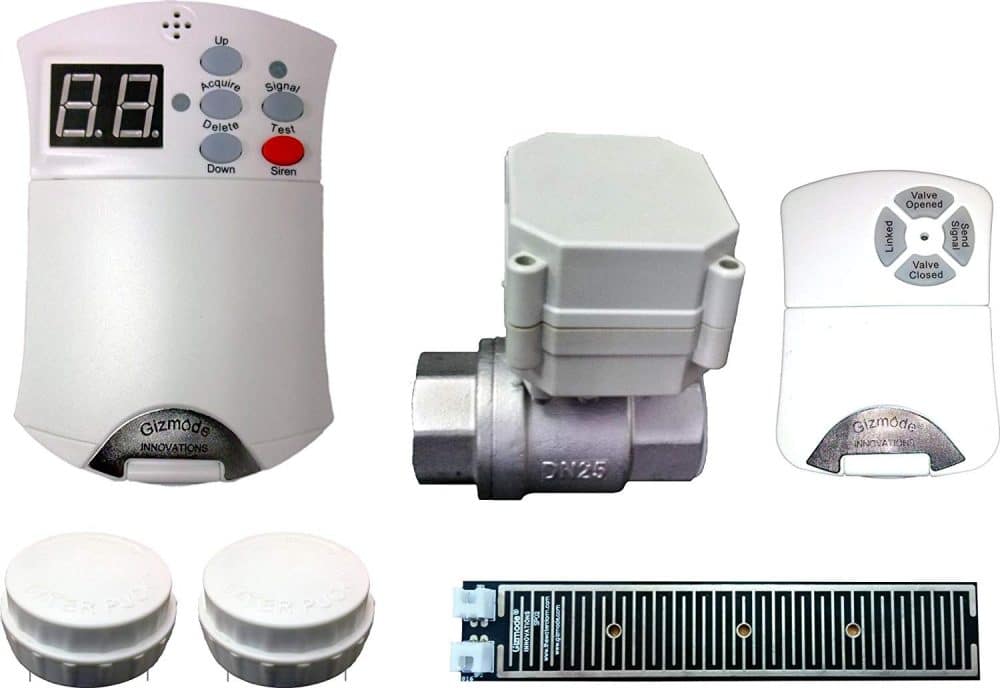
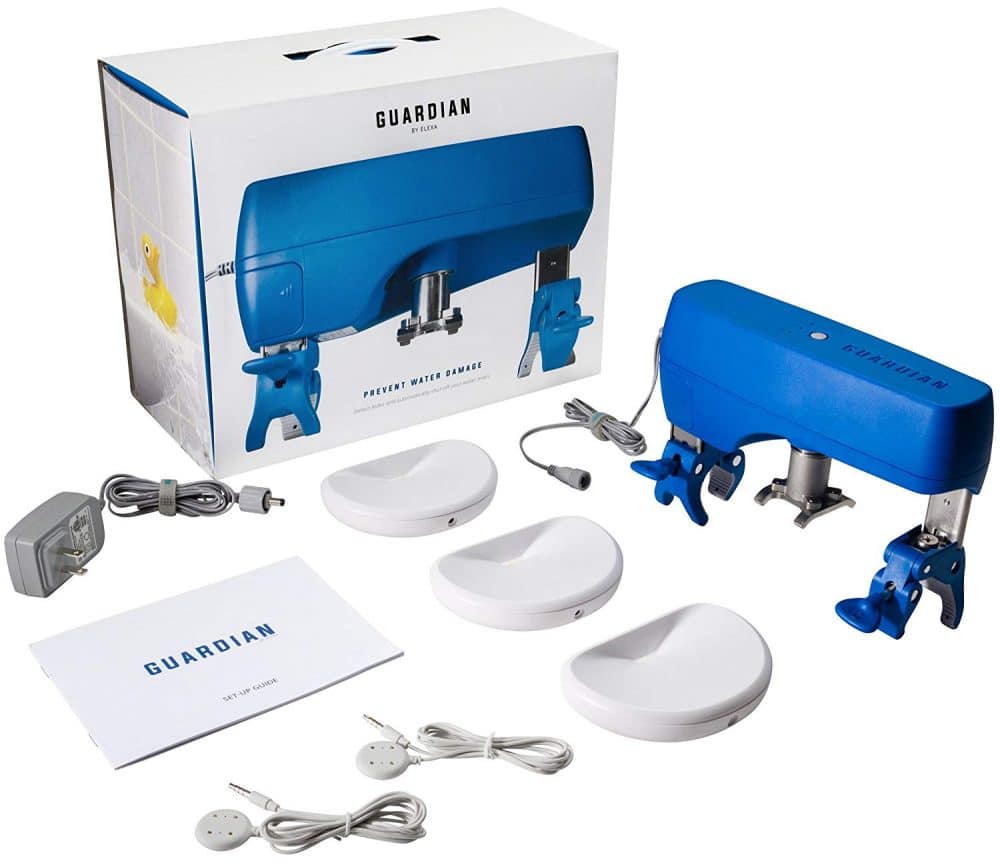
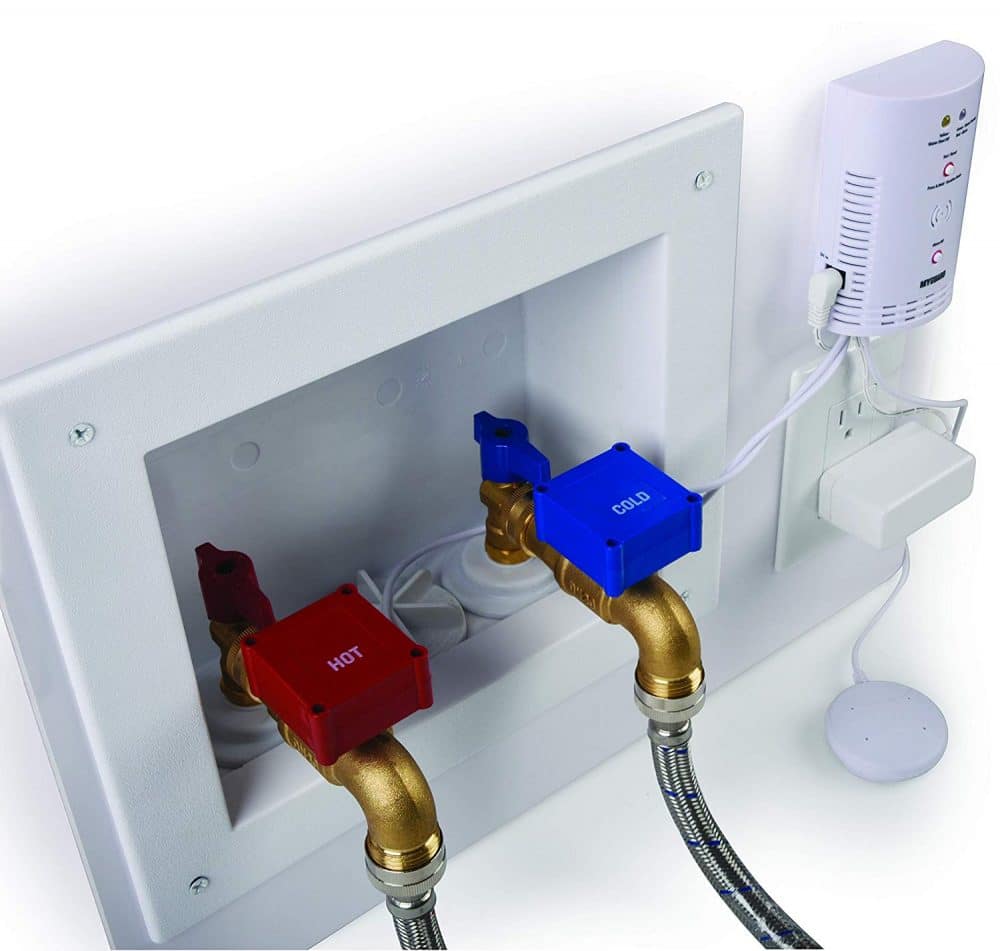
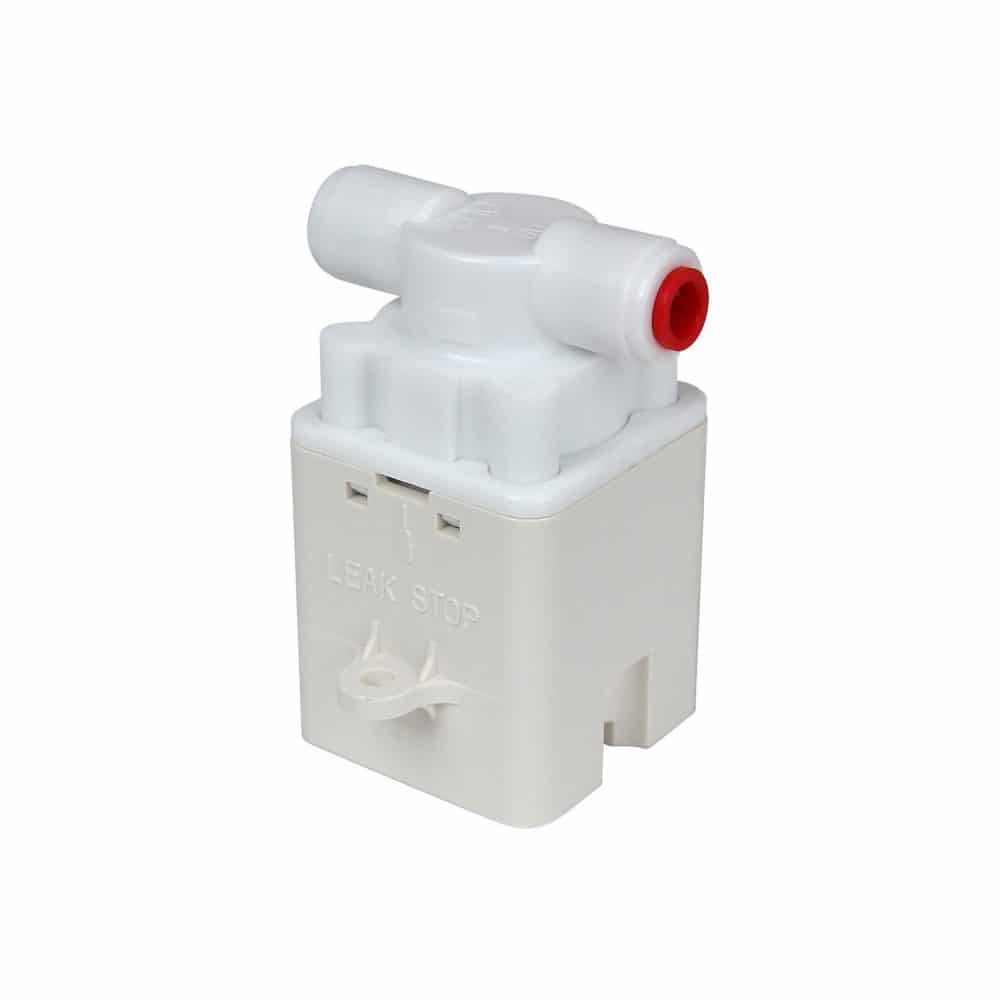
I like how you mentioned that it is a good idea to check your pipes weekly to ensure that they aren’t leaking water. Unfortunately, I think that one of my pipes in my home is leaking because the wall that the pipe is behind is starting to get moist, though I don’t want to have to break the wall to find out. It seems like it would be a good idea for me to hire a plumber that has the proper equipment to help me with this issue.
Awesome work, Jennifer! Thank you for sharing how to prevent water damage by identifying the common places of water leaks. As a homeowner, I’ll take note of this. Let us know if you need more information about valve boxes and other quality plumbing materials for an upcoming blog.